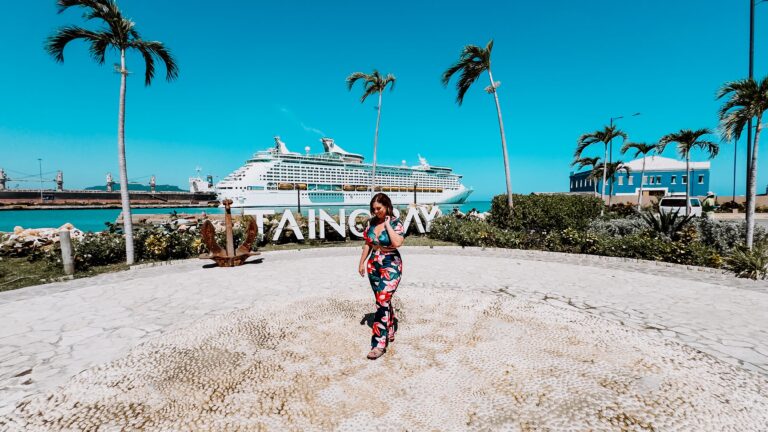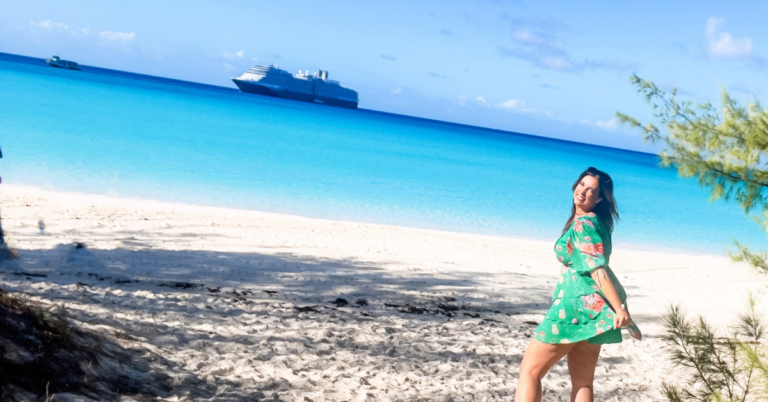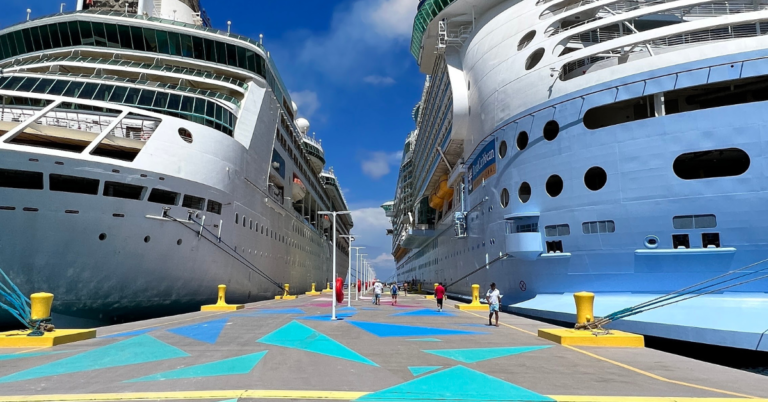Is a Baltic Cruise Itinerary a Good One For You?
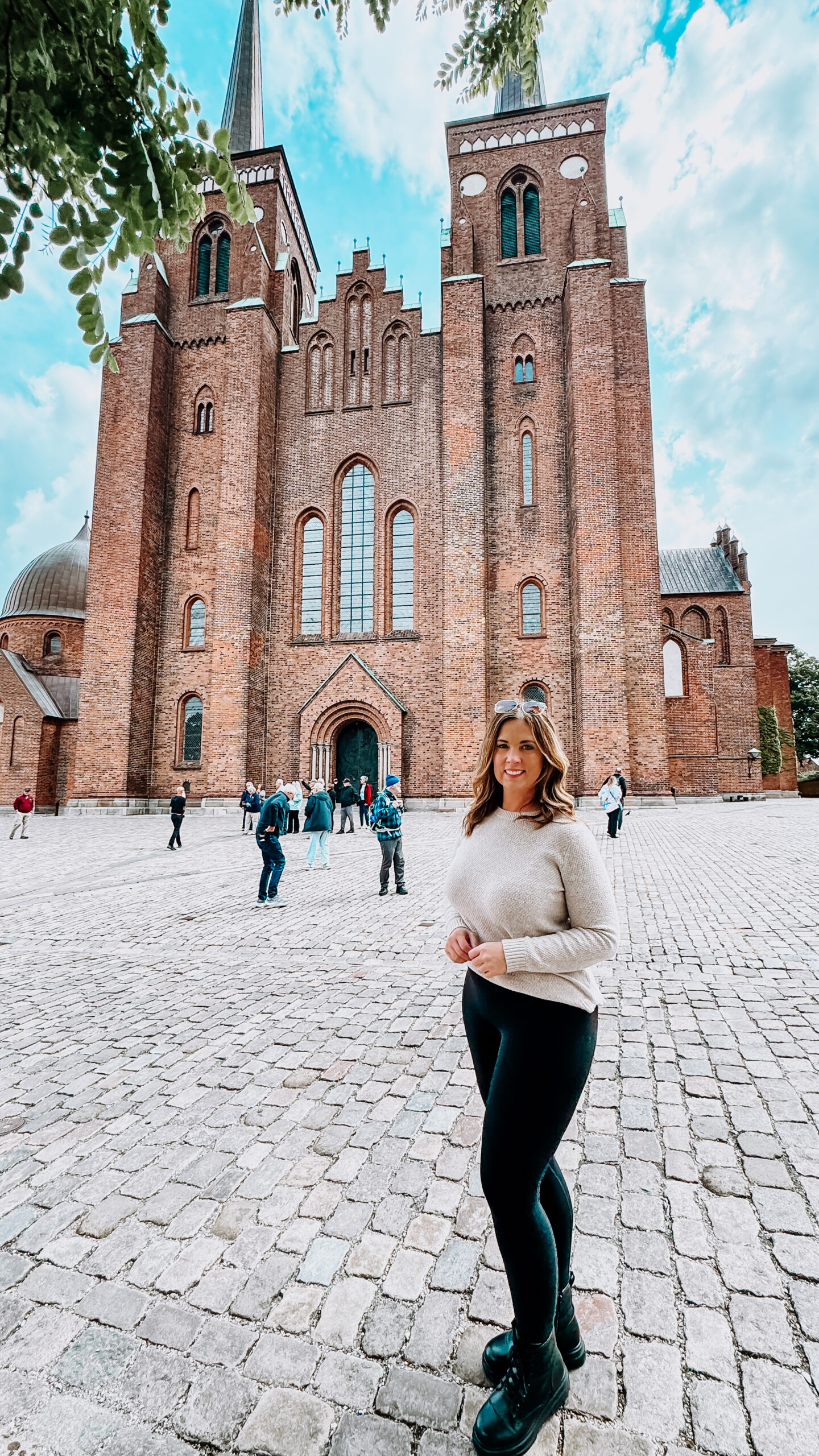
A European cruise is at the top of many cruisers’ bucket lists, but while the Mediterranean itinerary is the most popular, another great option is a Baltic cruise. Cruising to the Baltic region of Europe offers a unique experience, allowing travelers to explore diverse cultures, explore less-commonly visited countries, enjoy temperate weather, and avoid the crowds typical of other European summer cruises. However, weighing the benefits and drawbacks before setting sail is important before booking, which I’ll detail below.
It’s also important to note that if your only cruising experience is for sailings originating and ending from the United States, primarily Caribbean itineraries, this will likely be a much different experience. You’ll need to convert currency; unlike most Caribbean destinations that readily accept US currency even if it differs from their own, you’ll definitely need a passport, which isn’t always the case for Caribbean sailings; the way you pack and prepare will differ completely, and you should expect a much slower pace. Interestingly, my passport wasn’t checked once at any of my ports of call, but you still need to have it with you.
Benefits of a Baltic Cruise
1. Diversity and Number of Countries
One of the most significant advantages of a Baltic cruise is the opportunity to visit multiple countries in a single trip. On my first-ever European cruise to the Baltic region, I visited Finland; Norway; Sweden (Stockholm and Visby); Denmark (Aarhus, Ronne, and Copenhagen); the Netherlands; Germany (Warmenude and Kiel); and Estonia aboard Holland America Line’s Zuiderdam. What I love about cruising is that I never would have sought out Estonia as a destination, for example, but it ended up being an unexpected favorite. Each port offers a different flavor of Northern Europe, making the journey exciting and educational.
Related: Check out my video review of Zuiderdam.
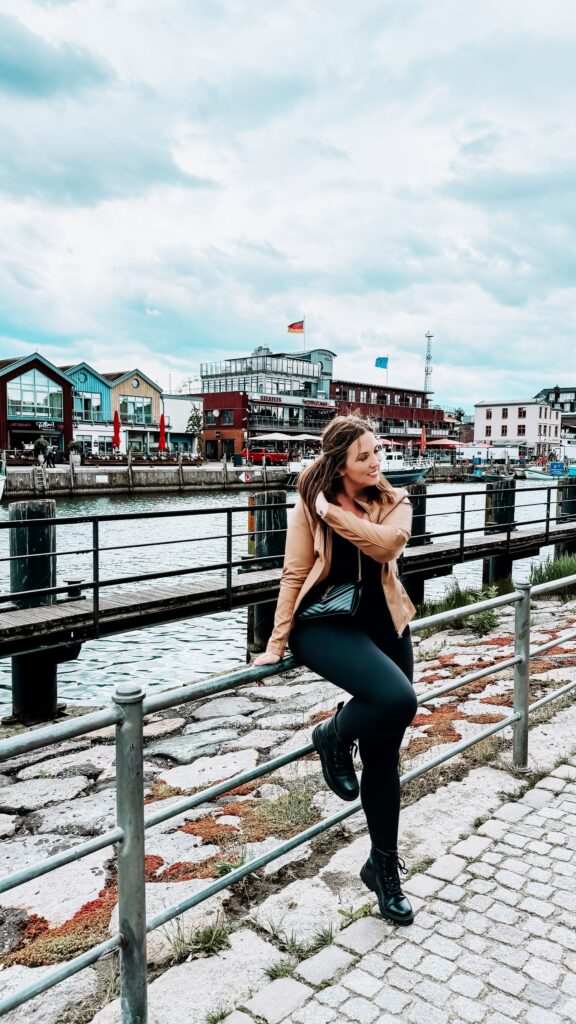
2. Fewer Crowds
Unlike Mediterranean cruises, Baltic cruises are less crowded. This means you can explore cities and attractions without the overwhelming number of tourists often found in other European destinations. Enjoy a more relaxed pace and enjoy the sights without the hassle of long lines and crowded spaces.
The Mediterranean region, encompassing popular destinations such as Spain, France, Italy, Greece, and Turkey, is one of the busiest cruise regions in the world. Nearly 6 million passengers sail on Mediterranean cruises each year, making it the second-largest cruise market globally after the Caribbean. The Mediterranean’s popularity is driven by its diverse cultures, historic landmarks, and favorable weather conditions.
While growing in popularity, Baltic cruises attract far fewer cruisers than the Mediterranean, with only about 1.1 million passengers annually. I personally loved the slower, laid-back vibe of the Baltic ports of call and found this particular itinerary to be surprisingly relaxing. I don’t know if I would describe Mediterranean cruises that way.
3. Temperate Weather
The Baltic region enjoys milder summer weather compared to the scorching heat of the Mediterranean. This makes it more comfortable for sightseeing and outdoor activities. The cooler temperatures are perfect for exploring without the risk of overheating, providing a pleasant and enjoyable experience.
Mediterranean cruises are popular for their warm and sunny summer weather, which is perfect for beach activities, sightseeing, and enjoying the region’s abundant outdoor cafes. During the peak summer months of July and August, temperatures in Mediterranean ports typically range from the high 70s to low 90s Fahrenheit (25-35°C). This region includes destinations like Spain, Italy, Greece, and France, where you can expect consistently hot and dry conditions, ideal for those who love the sun and heat.
In contrast, Baltic cruises offer a more temperate climate during the summer. The peak season from June to August sees average temperatures ranging from the upper 60s to low 70s Fahrenheit (18-22°C). Ports of call in the Baltic region, such as those noted above, experience milder and more comfortable weather compared to the Mediterranean, with cooler temps and generally less humidity. This climate is favorable for exploring without the intense heat.
4. Rich in History
For history enthusiasts, the Baltic region is a treasure trove. From medieval castles to World War II sites, there’s no shortage of historical landmarks to explore. The historical aspect of this part of the world that I enjoyed most was its Viking heritage because nearly every port of call we visited was rich in Viking history, especially Stockholm and Copenhagen.
These cities feature museums and historic sites where visitors can explore the Vikings’ legacy, from their maritime prowess to their cultural and societal influences across Northern Europe. I visited several Viking museums and sites on this Baltic cruise and loved them all.
Drawbacks of a Baltic Cruise
1. Potential for Boredom
For some travelers, the Baltic cruise may feel less thrilling than other destinations. The focus on history and culture might not appeal to everyone, particularly those seeking more adventurous activities, beach days, or notable landmarks. It’s a LOT of old churches, historic sites, and museums. Additionally, these itineraries skew toward an older population due in part to the locations visited, higher cost, and longer sailing durations. My Baltic sailing was 15 days, which, by far, was my longest cruise to date.
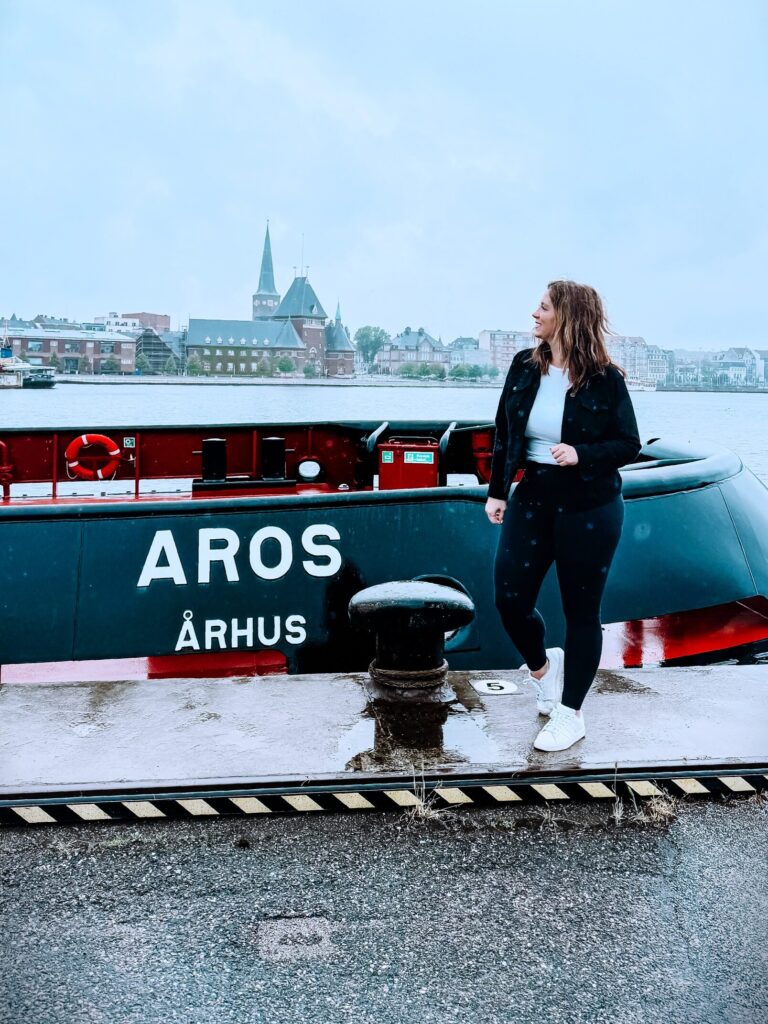
2. Lack of Famous Landmarks
While rich in history, the Baltic region doesn’t boast as many iconic landmarks as other parts of Europe. As I mentioned, I loved the Viking musems and other historic sites and landmarks, but there aren’t many “bucket list”, iconic landmarks on a Baltic cruise. What I mean is… you won’t find equivalents to the Leaning Tower of Pisa or the Eiffel Tower here. Even in bigger cities like Helsinki, most of the top sites involve old churches. This could be a downside for those who enjoy visiting world-renowned sites.
3. Packing Challenges
Packing for a Baltic cruise can be tricky due to the region’s variable weather (more on that in a moment). It’s essential to dress in layers to accommodate the changing temperatures. Be prepared for both cool and warm days, and ensure you have appropriate clothing for various weather conditions. Like packing for an Alaskan cruise, it’s tough with a Baltic cruise to pack light.
Do I need to Convert Currency for a Baltic Cruise?
While visiting so many diverse European countries in a compressed time is a benefit, managing currencies on a Baltic sailing can be a bit of a challenge. While most of the 40+ European countries use the Euro as their currency, many of the countries on a Baltic sailing, including Norway, Sweden, and Denmark, do not. To make matters more difficult, these three countries have their own currencies, which all differ.
Managing five different currencies (USD, Euro, Danish Krone, Swedish Krone, and Norwegian Krone) would have been a nightmare, so I personally chose to convert only some currency into Euros. Every vendor in all cities we visited accepted contactless credit card payment, which I ended up using almost exclusively.
What to Pack and Wear on a Baltic Cruise
Okay, confession time—I really struggled with this one, and I (kinda) got it wrong. I checked average temperatures and weather for the days and countries I planned to visit, but I was still taken aback by the variances, which, as I noted above, can be a downside of a Baltic itinerary.

It seemed like every day, I would look at the weather and get dressed, only to get up on the lido deck and see that it felt much hotter or colder than I had anticipated or that everyone else was dressed differently than me (e.g., they all wore shorts while I was wearing jeans and a long-sleeved shirt). More than a few times, I went back to my stateroom to change.
Related: Get my Ultimate Cruise Packing Guide FREE when you subscribe to my cruiseletter.
Conventional wisdom for any European travel says to “dress in layers,” and I cannot stress enough how true this is. I recommend that at most ports, wear a short-sleeved shirt and a long-sleeved outer layer or jacket that you can easily remove and wrap around your waist if it gets warm. Unless it’s clearly a warm day and the forecast calls for not much variance in temps, I would recommend pants.
And an absolute must-have? A hooded jacket. I had packed several jackets but foolishly didn’t bring a single one with a hood, which I regretted deeply the many times I encountered drizzle and outright downpours several times during my cruise while at ports of call.
One thing to leave at home is any sort of shoe with any type of heel, even a small one. Most Baltic ports are scenic and historic, known for their gorgeous cobblestone streets. That’s awesome! What’s not awesome is hobbling around on them and having your feet each because you wanted to wear cute boots with a little heel, thinking that small heel wouldn’t be a problem (ask me how I know this…).
Conclusion
A Baltic cruise offers a unique blend of cultural diversity, fewer crowds, and temperate weather, making it an appealing option for many travelers. However, it may not suit everyone, particularly those looking for more excitement or iconic landmarks.
I’m glad I visited with my boyfriend because I promise you — had I sailed with my children, they would have been bored out of their minds. By weighing the pros and cons, you can decide if a Baltic cruise is the right choice for your next adventure to see some beautiful countries that you may otherwise never visit.


